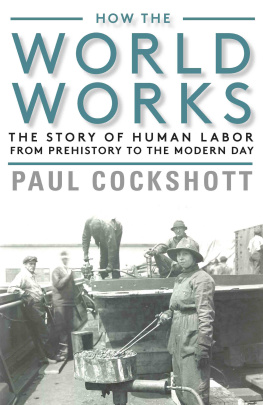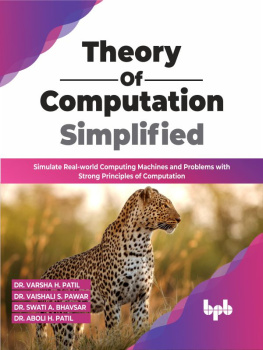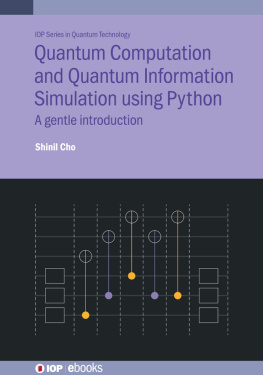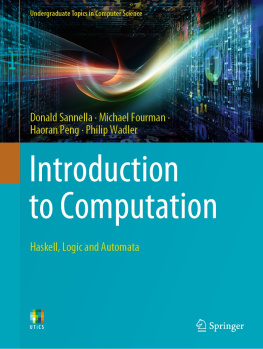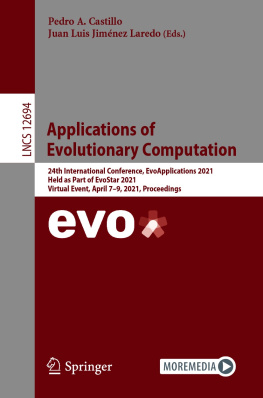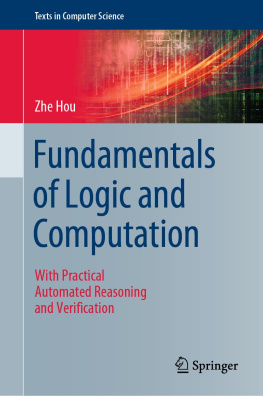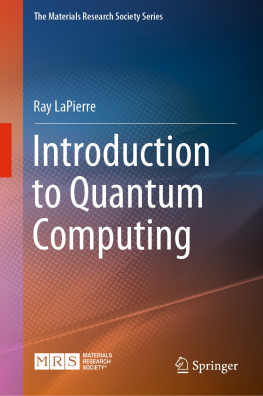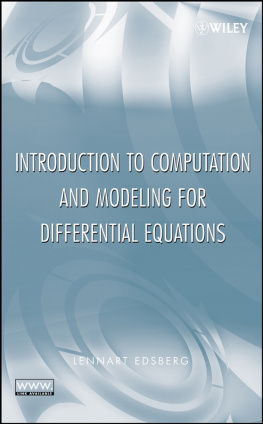Top cover image: Suffragists march in October 1917, displaying placards containing the signatures of over one million New York women demanding to vote. October 1917, the New York Times photo archive.
Published by State University of New York Press, Albany
2020 State University of New York
All rights reserved
Printed in the United States of America
No part of this book may be used or reproduced in any manner whatsoever without written permission. No part of this book may be stored in a retrieval system or transmitted in any form or by any means including electronic, electrostatic, magnetic tape, mechanical, photocopying, recording, or otherwise without the prior permission in writing of the publisher.
For information, contact State University of New York Press, Albany, NY
www.sunypress.edu
Library of Congress Cataloging-in-Publication Data
Names: Dowley, Kathleen M., 1967 editor. | Lewis, Susan Ingalls, 1949editor. | OSullivan, Meg Devlin, 1978 editor.
Title: Suffrage and its limits : the New York story / [edited by] Kathleen M. Dowley, Susan Ingalls Lewis, Meg Devlin OSullivan.
Description: Albany : State University of New York Press, [2020] | Includes bibliographical references and index.
Identifiers: LCCN 2019032772 | ISBN 9781438479699 (hardcover : alk. paper) | ISBN 9781438479705 (ebook)
Subjects: LCSH: WomenPolitical activityNew York (State)History. | WomenSuffageNew York (State)History. | FeminismNew York (State)History.
Classification: LCC HQ1236.5.U6 S84 2020 | DDC 320.082/09747dc23
LC record available at https://lccn.loc.gov/2019032772
10 9 8 7 6 5 4 3 2 1
To the women of New York State
past, present, and future
PREFACE
Introductory Remarks at Women in Politics: Past, Present, and Future
A Conference Commemorating the Centennial of Womens Suffrage in New York State
LIEUTENANT GOVERNOR KATHY HOCHUL
W omen in New York won the right to vote in 1917, three years before the Nineteenth Amendment granted that right to women across the country. In order to commemorate this proud chapter of New York history, the state legislature and the governor created a Womens Suffrage Commission, which I have the honor of chairing. The commission was charged with organizing programs across the state to commemorate the centennial, beginning in 2017 and concluding in 2020. Looking back at the suffrage movements history is certainly important, to honor the service of suffragist leaders and to learn from them. But it is not enough.
In fact, the mission of the Womens Suffrage Commission, as stated in law, is also to help shape the future to ensure a more just and equitable society for all. While we remember and learn about our past, we cannot lose sight of the present and future. Of course, the common thread, from Seneca Falls in 1848 to this day, and in the years to come, is the simple belief that men and women should have equal rights. Its what suffragists fought for. Its what we fight for today when we talk about issues like equal pay for equal work and paid family leave.
Here in New York, we have the narrowest wage gap of any state: eighty-nine cents to the dollar. This positions us well to be the first state to eliminate the gap, but the gap is still there. Adding to that injustice is the fact that women of color fare worse than white women. Compared to white, non-Hispanic men, in New York, African American women are paid sixty-six cents on the dollar. Hispanic and Latina women are paid fifty-five cents on the dollar.
Its not accurate to say that the wage gap is a womens issue. Women dont exist in a vacuum. When women make less than men, it doesnt only hurt them. It hurts their husbands, their wives, their partners, and their children. In New York State, 77 percent of single-parent familiesthats more than six hundred thousand familiesare headed by women. So when women are underpaid, their familiestheir childrensuffer.
The wage gap also hurts our economy. A recent study by the New York Womens Foundation and the Institute for Womens Policy Research found that if we had equal pay for equal work, women in the state would earn about $6,600 more per year. This would add $29.6 billion to the state economy. Some studies have found that the United States could add up to $4.3 trillion in annual GDP in 2025 if women attain full gender equality.
Im proud that the administration I am a part of has consistently taken bold actions toward eliminating the wage gap. New York State believes in leading by example. Many of the executive orders Governor Andrew Cuomo has signed concern employment practices in our own state agencies.
Paid family leave is another vital component in the struggle for gender equality. Governor Cuomo signed into law the most comprehensive paid family leave program in the nation.
The program will be transformational in terms of allowing people to care for a loved onebe it a new baby or an aging parentin times of need. It will be especially transformational for women, because we know that women are still the primary caretakers. And while caretaking is important and noble, theres no question it affects your career, your earning potential. It even keeps some women out of the workforce altogether. Paid family leave applies equally to men and women, which is only logical.
Little by little, we can break down outdated gender roles and let men and women choose freelywithout preconceived notionshow to divide caretaking responsibilities at home.
But how can we make sure that we continue to move forward toward equality?
I strongly believe the answer is in representation. Why arent more women jumping into leadership roleseither as politicians or CEOs? Maybe its because women hold themselves back. I am guilty of this; I did this to myself. When I was thirty-five years old, I served as counsel to Senator Daniel Patrick Moynihan. I had worked at a big law firm in Washington, DC. I had helped start several family businesses. I had children. I went to all the PTA meetings and school board meetings and town board meetings because I cared about my community. But at age thirty-five, I still did not think I had the qualifications to run for town board, even though nobody told me I couldnt.
I figured I would always be behind the scenes, always the staffer. I wrote the speeches. I came up with the ideas. And I was okay with that for way too long. I never viewed myself as being able to step up and speak before a crowd or have ideas that were worthy of enactment. I was just the person behind the scenes.
Then one day there was an opening on the town board and a twenty-two-year-old guy who had just graduated from college, was still living with his mom and dad, never had a job, had no mortgage, and didnt pay taxes raised his hand and said, I want to run. Thats when I thought, Well, okay, maybe Ive got something to offer, at least compared to that guy!


